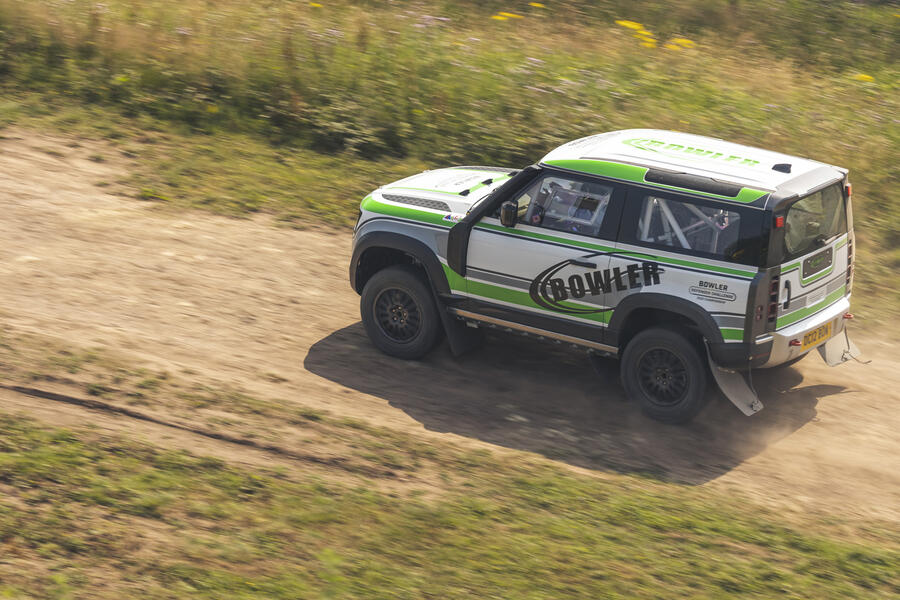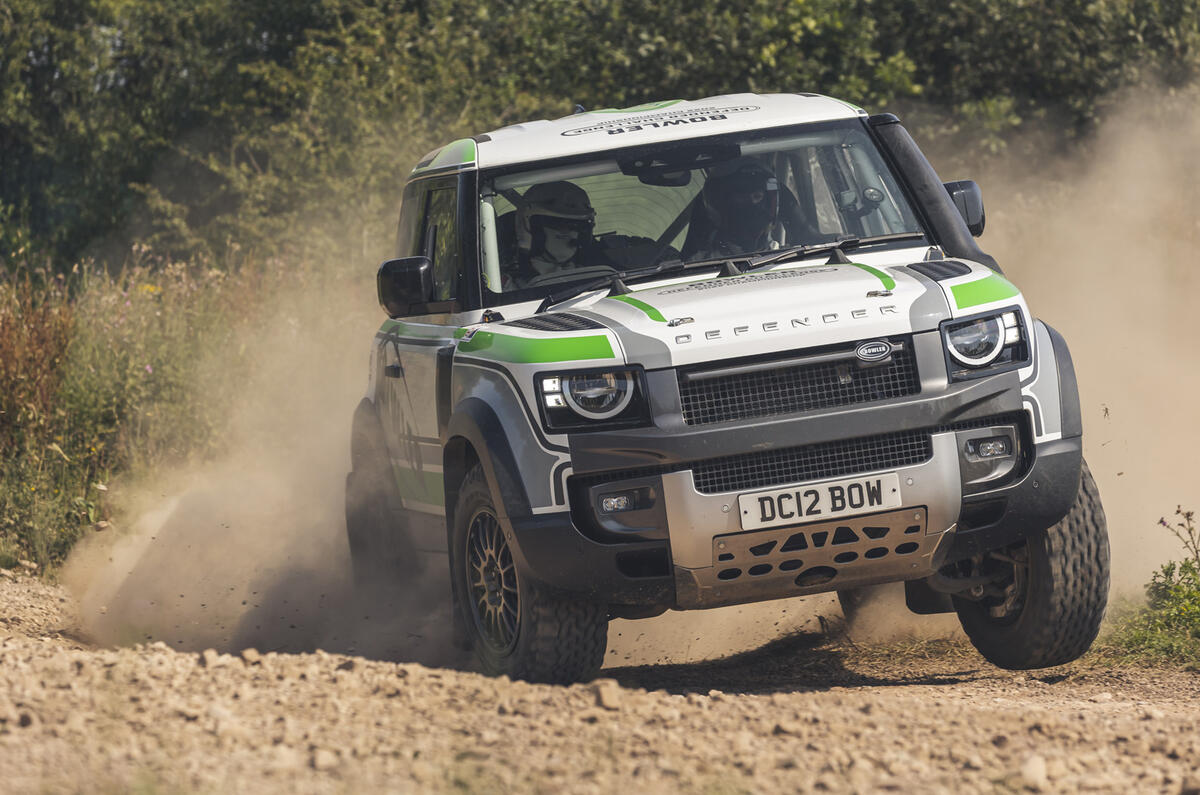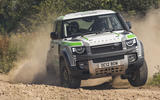The Bowler Defender Challenge, a one-make rally series, will return next year using a newly developed car based on the latest Land Rover Defender 90.
It will be the second time that Bowler, the Derbyshire-based motorsport, tuning and limited-production specialist, has operated an exclusive Defender rally series.
The first ran from 2014-2016, using the classic Defender 90, and the new series, like the earlier one, is mostly aimed at drivers new to rallying.
If drivers get the bug from these national championship beginnings, Bowler can support their journey all the way through to competing in international cross-country events, like the Dakar Rally.
The latest Challenge car is based on a relatively basic three-door, short-wheelbase Defender with a 296bhp petrol engine and retains as many standard elements as possible.

Compared with the original Defender, the new 4x4 is hugely complex, and you suspect that Bowler’s acquisition by Jaguar Land Rover in 2019 has helped the speed with which this car was developed.
JLR loaned Bowler a ‘proof of concept’ car more than a year ago – a development mule that was otherwise destined for the crusher, plus the firm has already produced two completed Challenge cars.
“We’ve got as much access to JLR facilities as we need,” says Calum McKechnie, Bowler’s general manager and formerly the head of Jaguar Classic. He sees the Bowler’s relationship with JLR as similar to that of the Mercedes-AMG Formula 1 team with its parent company, only on a much smaller scale.
Appropriately, he’s talking to me at Fen End, a JLR facility with an off-road test track that Bowler is using for the occasion. “We can access systems quickly,” he says, “but at the end of the day, we’re the decision-makers.”
In the Defender Challenge car’s case, a lot of the JLR systems that Bowler needs to access are the car’s complex electrical architecture.















































Join the debate
Add your comment
Really, for £100,000 you get the car plus support at all 7 events? That's brilliant value.
This seems kinda brilliant to me... and not bad value, given you get a fully supported race series thrown in.